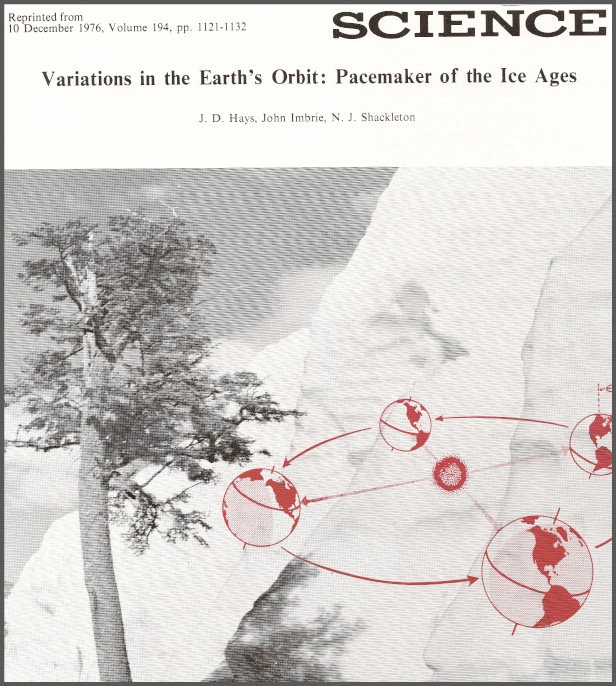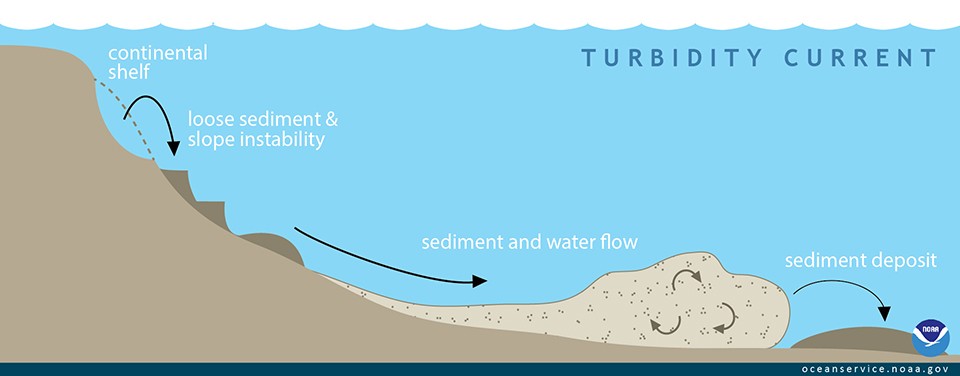Sediment Core Research Highlights
The following is a brief listing of research areas where samples from the LDCR collection have played pivotal roles. This excerpt from “Lamont-Doherty Earth Observatory of Columbia University - Twelve Perspectives on the First Fifty Years 1949 – 1999”, summarizes how Doc Ewing’s “core a day” policy and resulting sediment core library, helped shape research at Lamont and beyond:
“Early core studies proved the existence of turbidity currents in the deep ocean, providing an explanation of how canyons are cut on continental shelves… The field of paleoclimatology (the study of past climates) blossomed even more quickly because of the synergy created by the proximity of Lamont's budding geochemistry laboratory [to the nascent core library]. In the early 1950s, Wallace Broecker and J. Laurence Kulp developed radiocarbon dating techniques that could date fossilized shells in… deep-sea cores. In the mid-1950s when Ericson and his associate Goesta Wollin identified an abrupt boundary in a core — marked by an abundance of shells from a species that thrived in warm water above it and none below it — they sent samples to Broecker and Kulp, who dated the boundary at 11,000 years ago, what we now recognize as the boundary that marks the end of the Earth's last glacial period and the beginning of the current warm epoch known as the Holocene Period.
Suddenly scientists could attach dates to various layers in the cores and establish a top-to-bottom chronology of events. They were further aided by evidence in the cores of magnetic reversals in Earth's magnetic field, whose timing was also quickly becoming established. Lamonters Neil Opdyke and James Hays, along with graduate students Billy Glass and John Foster, embarked on a mission to identify a record of magnetic reversals in the cores thus providing a geologic calendar on which climatic events could be superimposed.”


